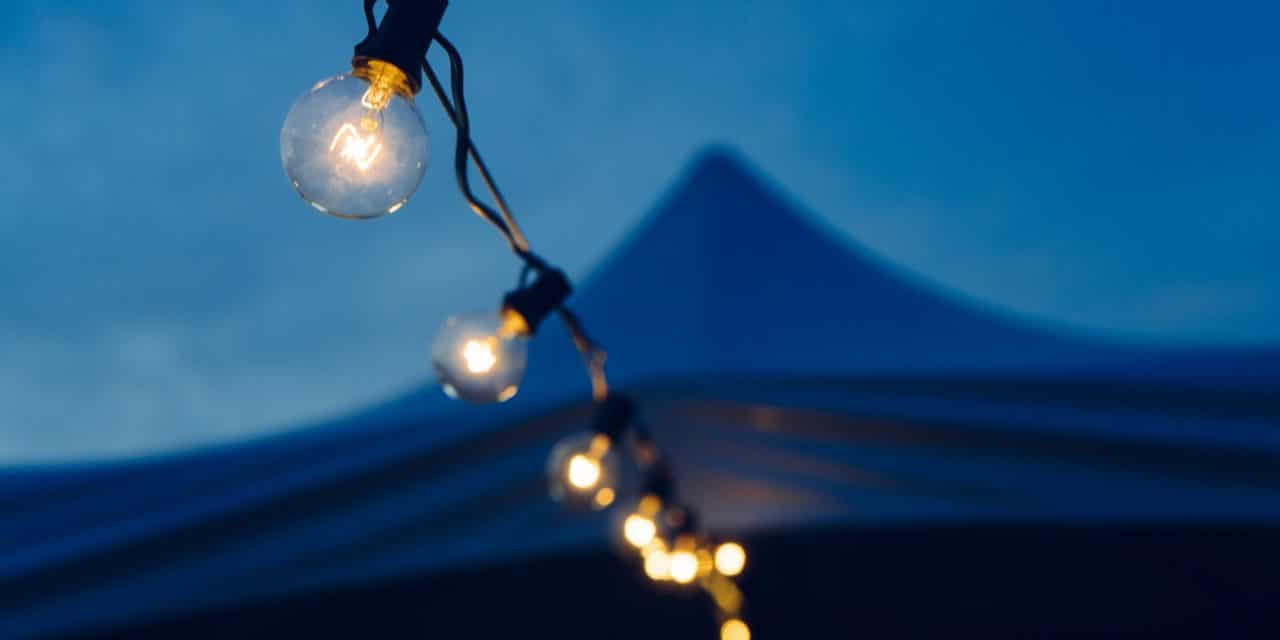[ad_1]
In an effort to cut energy costs and “go green,” many countries, including the United States, are either considering phasing out incandescent light bulbs or have already passed laws to ban them. As standard light bulbs go the way of the dinosaurs, consumers are left with just two viable options, LED light bulbs and compact fluorescent light bulbs (CFLs).
The push has been on for CFLs for the past several years, and in turn, they've received a lot of press, both positive and negative. But not much has been said about LED light bulbs. And so the question begs to be answered: What are LED light bulbs and are they a good alternative to CFLs?
While most people aren't aware of it, LED (light emitting diode) technology has actually been around for quite a while. LEDs are basically tiny light bulbs about the size of a matchstick head that fit into an electrical circuit. That pinpoint light which indicates your dishwasher is running, for example, is a LED light. LED lights are used to form the numbers on digital clocks and are used as instrument panel lighting in vehicles, boats, and aircraft. Many traffic lights are now composed of clusters of LEDs.
Because LEDs are extremely energy efficient, can tolerate temperature variances and turbulence – all while lasting a long time – the quest began in an effort to create light bulbs by clustering numerous LED's together. And it's worked. LED light bulbs are now being produced that boast exceptional energy efficiency. A 7-watt LED light bulb, for example, can now replace a 75-watt incandescent bulb. As you can guess, the potential savings in energy costs and greenhouse gasses is enormous.
With claims that they can last up to 15 years and use 90% less energy than the traditional bulb, LED light bulbs seem to be a no-brainer at first glance. But problems are prominent and LED light bulbs currently come up short. Let's take a look at why:
LED light bulbs are expensive. Understandably, most people balk at spending $35.00 to $125.00 for just one light bulb, even when it results in a notable reduction in energy bills. Considering most homes have 30-plus light bulbs and businesses have significantly more, switching to LEDs is simply not an affordable option.
LED light bulbs aren't bright enough. While standard bulbs and CFLs illuminate light in all directions, the light from LED light bulbs is directed or focused, like a spotlight. While this works well for situations such as reading, work areas, and accent lighting, it results in unsatisfactory illumination for general lighting needs.
Not all LED light bulbs are created equal. Many of the less expensive LED light bulbs produced use poor quality LED's that burn out prematurely due to manufacturing issues.
Their light output quickly degrades. Unlike incandescent bulbs, which release their heat, LEDs contain their heat, which causes their light quality to degrade. Even though heat syncs are added to redirect the heat to a circuit board, issues with temperature overload are still frequent. Tests have shown a loss of 50% of light output in 6 months.
Due to their brightness, stability and attractive pricing (not much more than incandescent bulbs) CFL's are currently the better choice for most homes and businesses. However, if you decide to take LEDs for a test drive, here are some tips:
- Start out by trying just one LED light bulb.
- Do your homework. Take time research and read consumer feedback and reviews. Weigh the pros and the cons.
- Pay careful attention to warranties and guarantees from both the manufacturer and the store you buy from.
- Buy quality. Phillips Color Kinetics and Permlight are good brands that currently produce high quality LEDs.
- Beware of the less expensive LED light bulbs as they are often problematic.
As LED technology improves and prices drop, LED light bulbs will be worth taking a second look at in the future. But for now, CFLs are clearly the better overall choice.
[ad_2]
Source by Kim Pederson


